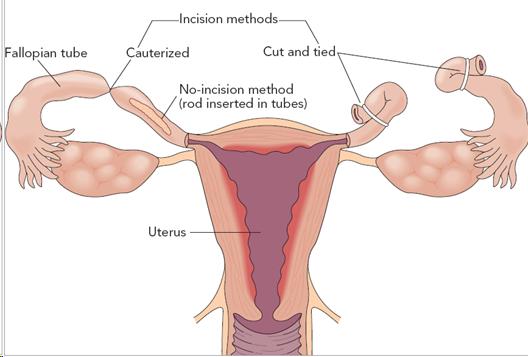Ch_11
Table of Contents
- Contraception, Birth Control, and Abortion Chapter 11
- Contraception and Birth Control
- Percentage of Women Aged 15-44 Who Used Each Contraceptive Method: United States, 2006-2008
- Risk and Responsibility
- Women, Men, and Birth Control: Who is Responsible?
- Methods of Birth Control
- Choosing a Method
- Sexual Abstinence
- Hormonal Methods
- Hormonal Methods
- Hormonal Methods
- Hormonal Methods
- Hormonal Methods
- Barrier Methods
- Barrier Methods
- Barrier Methods
- Spermicide
- The IUCs (Intrauterine Contraceptives)
- Fertility Awareness-Based Methods
- Sterilization
- Sterilization
- Emergency Contraception
- Abortion
- Methods of Abortion
- Safety of Abortion
- Women, Men, and Abortion
- Women, Men, and Abortion
- The Abortion Debate
- The Abortion Debate
- The Abortion Debate
- Final Thoughts
Text and Images from Slide
Sterilization
- Surgical intervention that makes the reproductive organs incapable of producing viable gametes<br />
- Female Sterilization
- Tubal ligations,
- "tying the tubes"
- Laproscopy
- Transcervical sterilization
20

Effectiveness:
99.5% Perfect Use
99.5% Typical Use
